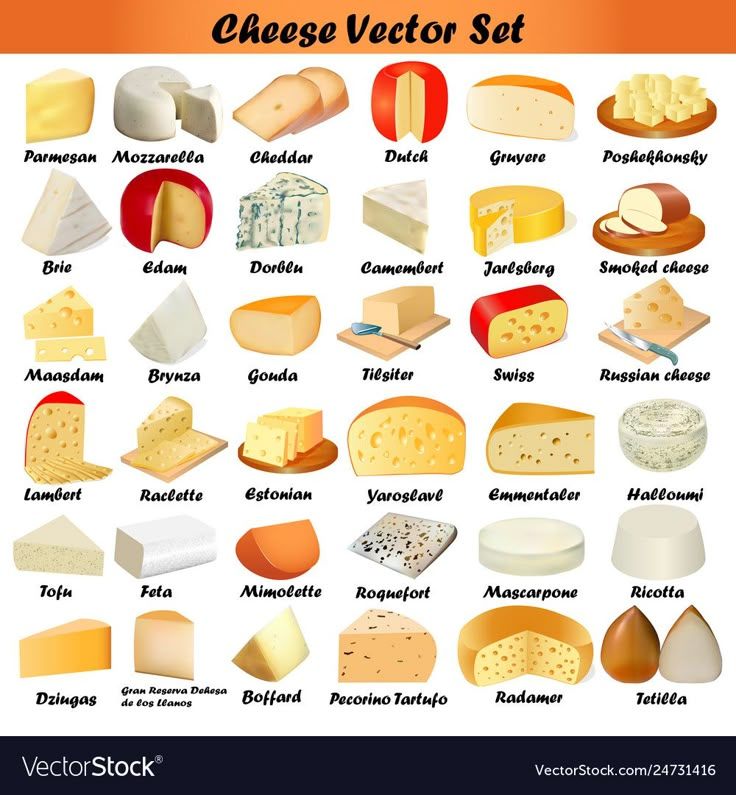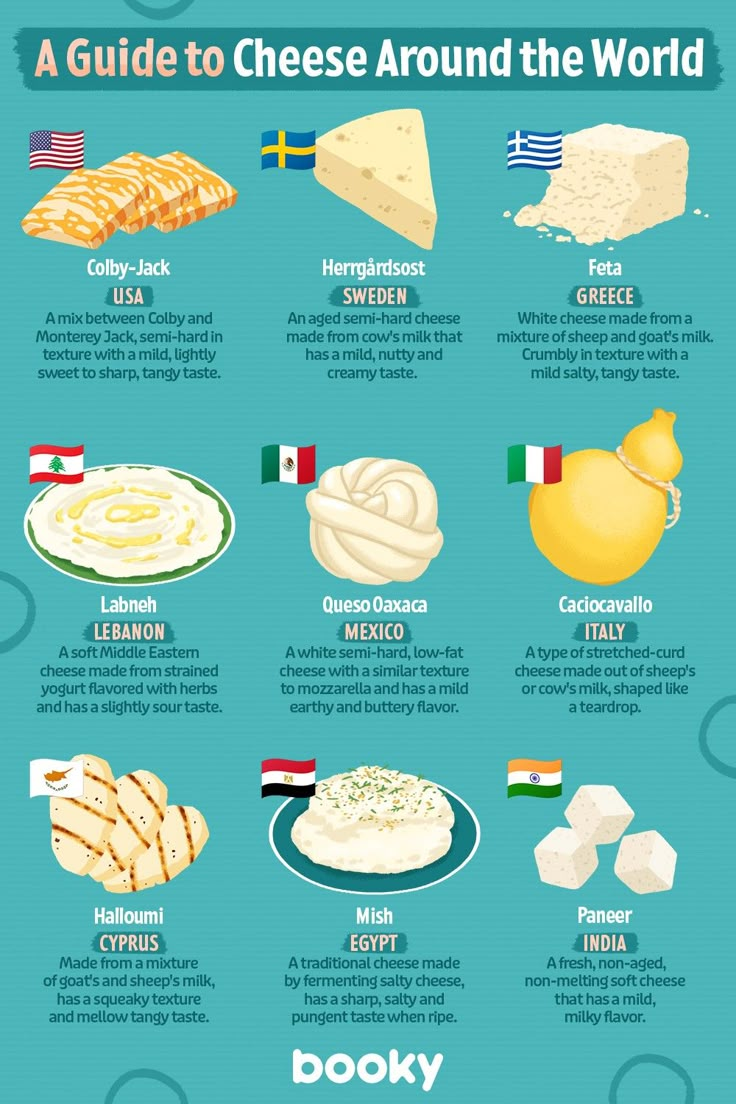Exploring the World of Cheese37

History of Cheese
Cheese has been a staple in diets around the world for centuries. Its origins can be traced back to prehistoric times, when people first began domesticating animals for milk. The process of making cheese likely originated by accident, as milk stored in containers made from animal stomachs or bladders would curdle and separate into curds and whey. Over time, humans learned to control this process and develop a wide variety of cheese types.
Cheese production spread throughout Europe and the Middle East, with different regions developing their own unique styles of cheese. In the Middle Ages, monasteries became centers of cheese production, with monks perfecting techniques and creating new varieties. As trade routes expanded, cheese became a valuable commodity, with different regions known for their specific cheeses.
Types of Cheese

There are thousands of different types of cheese available around the world, each with its own unique flavor, texture, and production methods. Some of the most popular types of cheese include cheddar, mozzarella, brie, and gouda. Cheddar is a sharp, tangy cheese that originated in England and is commonly used in sandwiches and burgers. Mozzarella is a mild, creamy cheese that is often used in Italian dishes like pizza and caprese salad.
Brie is a soft, creamy cheese from France that is known for its earthy flavor and edible rind. Gouda is a semi-hard cheese from the Netherlands that comes in a variety of flavors, from mild to sharp. Each type of cheese has its own unique characteristics and can be used in a variety of dishes.
Cheese Pairings
Cheese can be paired with a wide variety of foods and beverages to enhance its flavor. Some popular pairings include wine, fruit, crackers, and charcuterie. Wine and cheese are a classic pairing, with different types of cheese complementing different types of wine. For example, a creamy brie pairs well with a crisp, acidic white wine, while a sharp cheddar goes well with a bold red wine.
Fruit, such as grapes, apples, and figs, can also complement the flavors of cheese. The sweetness of fruit can balance out the saltiness of cheese, creating a harmonious flavor profile. Crackers and bread are common accompaniments to cheese, providing a crunchy texture to contrast with the creamy cheese. Charcuterie, such as cured meats and pâté, can also be paired with cheese for a savory and satisfying combination.
Cheese Around the World

Cheese is enjoyed in cultures around the world, with each region developing its own unique varieties and traditions. In France, cheese is a central part of the culinary culture, with over 400 different types of cheese produced throughout the country. Italy is known for its mozzarella, parmesan, and gorgonzola cheeses, which are used in a wide variety of dishes.
In Switzerland, cheese fondue is a popular dish, made with melted cheese and served with bread for dipping. In the United States, cheddar and American cheese are popular choices for sandwiches and burgers. Cheese is a versatile ingredient that can be used in a wide variety of dishes, from macaroni and cheese to cheese soufflés.
